Детали машин = Machine Elements: Guidelines for laboratory work and practical training for the discipline
Форматы: PDF
Издательство: Северо-Кавказский Федеральный университет (СКФУ)
Год: 2016
Место издания: Ставрополь
Страниц: 110
Артикул: 21685
Возрастная маркировка: 16+
Краткая аннотация книги "Детали машин"
Пособие составлено в соответствии с требованиями образовательного стандарта высшего профессионального образования и включает лабораторные и практические работы, в которых основное внимание уделено экспериментальному изучению деталей и узлов общего назначения, а также основ расчета и проектирования.
Предназначено для студентов, обучающихся по направлению подготовки 21.03.01 – Нефтегазовое дело, квалификация выпускника – бакалавр.
Содержание книги "Детали машин"
Introduction
Part 1. Laboratory work
1. Welded joints
2. Metric threads
3. Spur gears. Geometry
4. Spur gears. Forces in gearing
5. Worm gears. Geometry
6. Worm gears. Forces in gearing
7. Design of roller bearings
8. Study design and determine the key characteristics of gear reducers
Part 2. Practical training
1. Riveted joints
2. Keyed and splined joints
3. Calculation screwed joints
4. Mechanical transmission. Kinematic and force calculations
5. Screw drives
6. Project (approximate) calculation shafts
7. Determination of support reactions and the static calculation of the shaft
8. Selection of bearings
9. Shaft couplings
Все отзывы о книге Детали машин : практикум (на английском языке)
Отрывок из книги Детали машин : практикум (на английском языке)
34 The geometric basis of the thread is a helix. The thread line is the hypotenuse of the triangle OAB to screw on the cylinder. Here d =d1 is the dividing diameter of the thread on the worm. Respectively, πd is the length of the dividing circle. Figure 2. The geometric basis of the worm Lead (ph). It is the linear distance through which a point on a thread moves ahead in one revolution of the worm. For single start threads, lead equals the axial pitch, but for multiple start threads, lead equals the product of axial pitch and number of starts. Mathematically: ph = p z1 (3) where p = Axial pitch; and z1 = Number of starts. Lead angle. It is the angle between the helix on the pitch cylinder and the plane normal to the axis of the worm. It is denoted by γ. From the geometry of the figure, we find that tg γ = ph/( πd1) = pz1/( πd1) = πmz1/( πd1)= mz1/ d1 (4) where p is the thread pitch; d1 is the dividing diameter of the thread, γ is the elevation angle of the helical line (Lead angle), z1 is the number of starts. From the equation, you can determine the dividing (pitch) diame-ter of the worm: qmzmdtg11. (5) where q is the coefficient of the worm diameter. Coefficient of the worm diameter q = z1 / tgγ (6) q is standardized and associated with the module as per GOST 2144 - 76.
С книгой "Детали машин" читают
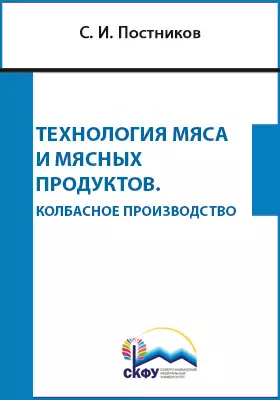
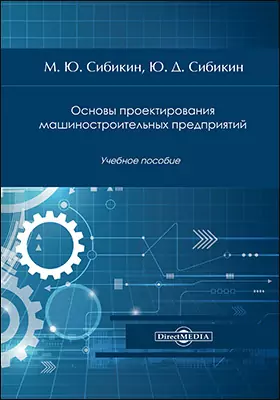
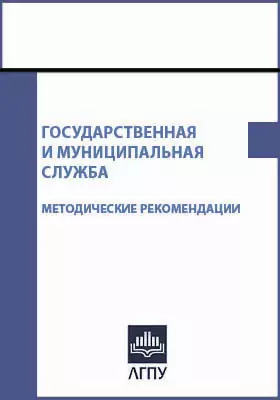
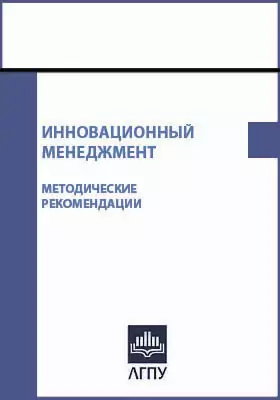
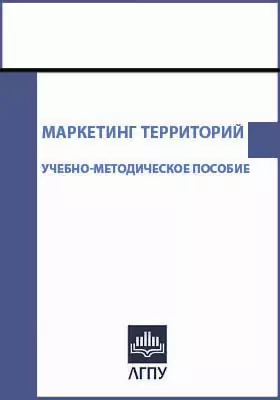

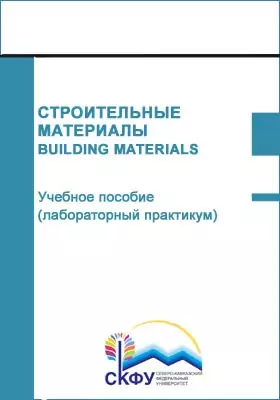

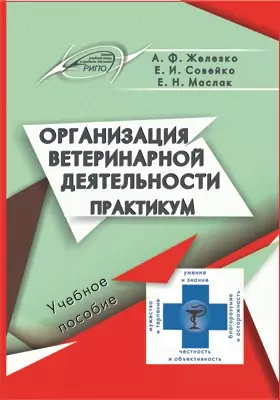
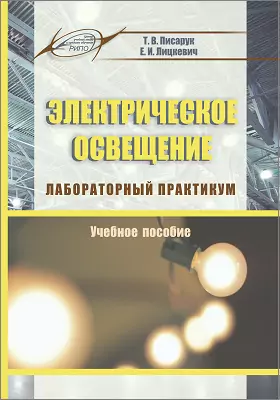


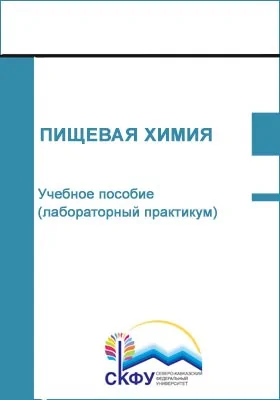
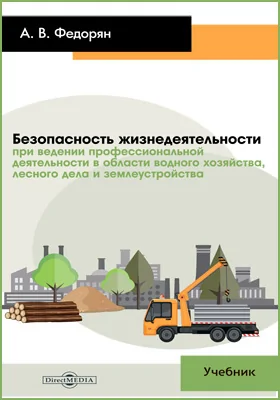
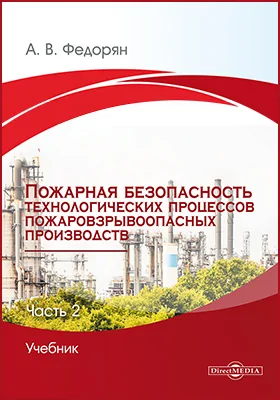
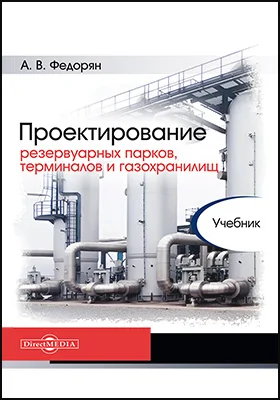
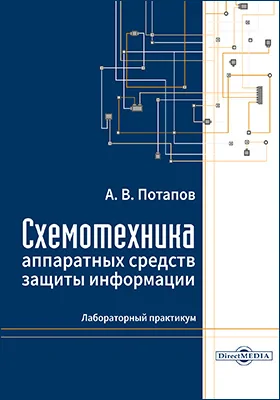
Бестселлеры нон-фикшн
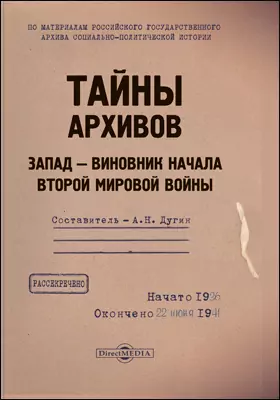

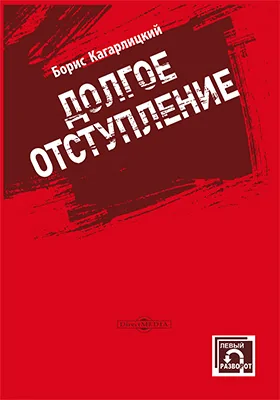
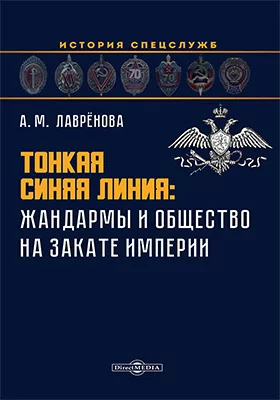

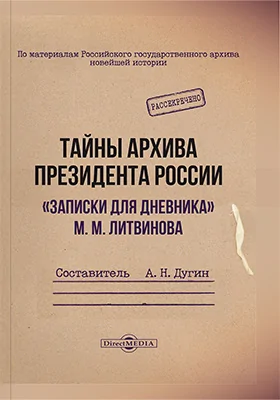

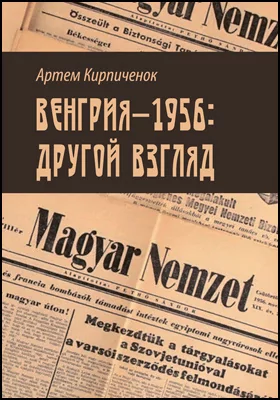
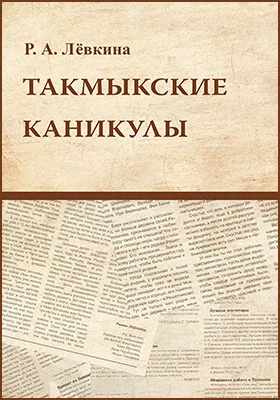
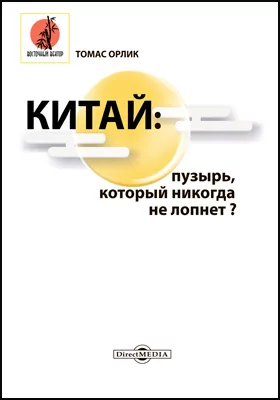


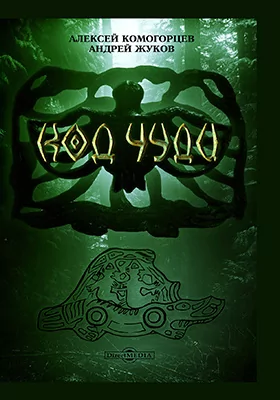
Новинки книги нон-фикшн


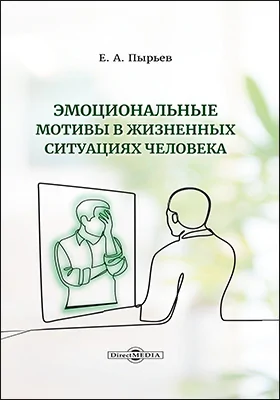


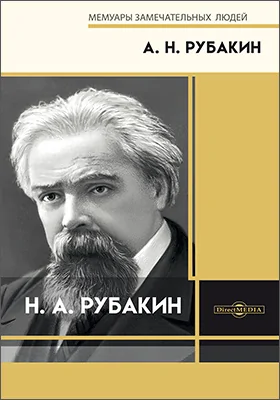
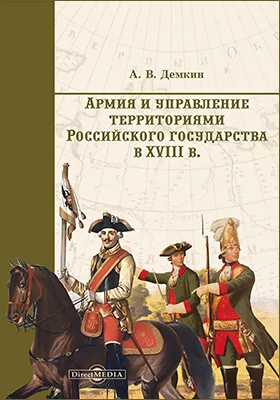




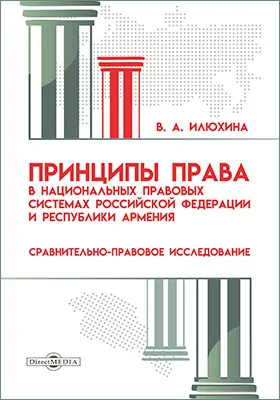
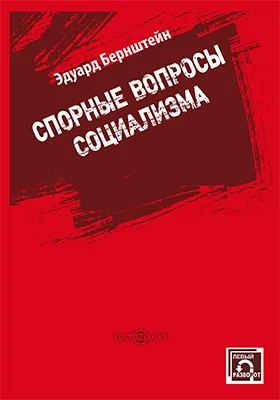
и мы свяжемся с вами в течение 15 минут
за оставленную заявку

